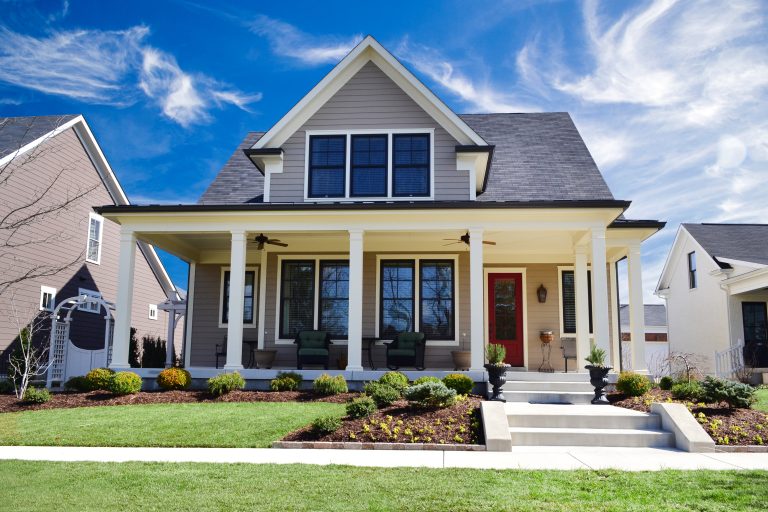Flipping houses can be a lucrative venture if you approach it with careful planning and a clear strategy. It’s not just about buying low and selling high; it’s about adding real value to a property while managing costs and timescales effectively. Whether you’re just starting out or looking to refine your approach, these handy pointers will guide you towards more profitable flips.
Researching the market
Look for areas experiencing growth, where demand for housing is strong but prices are still affordable. These might include up-and-coming neighbourhoods or regions where infrastructure projects, such as new transport links, are underway.
Speak to local estate agents and study property listings to understand the typical price range and what buyers in the area are looking for. Avoid locations with oversaturated markets or declining property values, as these can tie up your capital for too long or result in a loss. Make sure you also factor in local regulations, taxes and any specific challenges the area might pose.
Budgeting and planning
Once you’ve found a property with potential, create a realistic budget that accounts for every aspect of the renovation. This should include purchase costs, legal fees, refurbishment expenses and a contingency fund for unexpected issues. Don’t underestimate the importance of a detailed plan – every delay or overspend eats into your profit margin.
Partner with trusted contractors to get accurate quotes and timelines. If you have the skills, consider doing some of the work yourself to save money, but be honest about your limitations to avoid costly mistakes. Focus on improvements that will have the biggest impact on the property’s value, and always keep your target buyer in mind.
Choosing high-impact, low-cost upgrades
Cosmetic improvements like painting, updating fixtures and replacing worn flooring can transform the look of a home without significant expense. Choose neutral colours and classic designs that appeal to a wide range of buyers.
And modernising the heating system is another impactful upgrade that doesn’t have to break the bank. An outdated boiler or inefficient radiators can put off potential buyers, while a modern, energy-efficient system adds appeal and can even increase the property’s Energy Performance Certificate rating. Pay attention to other features, such as adding loft insulation or upgrading windows, which buyers increasingly value.
Staying updated with market trends
Pay attention to broader themes like sustainability, home office spaces or open-plan living, and tailor your renovations accordingly. For example, creating a dedicated workspace might be a smart move in areas with a high number of remote workers.
Local trends are just as important. If family buyers dominate your target area, focus on improving kitchens and bathrooms or creating an additional bedroom. Regularly check local listings to see which properties are selling quickly and note their common features.
Marketing for a quick sale
Once your renovations are complete, it’s time to attract buyers and close the deal. Hire a professional photographer to showcase your work in its best light – high-quality images are essential for online listings. Write a compelling description that highlights the property’s key features, including any new upgrades or energy-efficient improvements.
Price the property competitively by comparing it with similar homes in the area. While it’s tempting to aim high, an overpriced listing can sit on the market for too long, costing you money in holding fees. Work with an experienced estate agent who understands the local market and can connect you with motivated buyers.
Each property is an opportunity to learn, refine your approach and grow your success in the property market. With research, smart investments and a focus on buyer needs, you’ll set yourself up for consistent wins.


